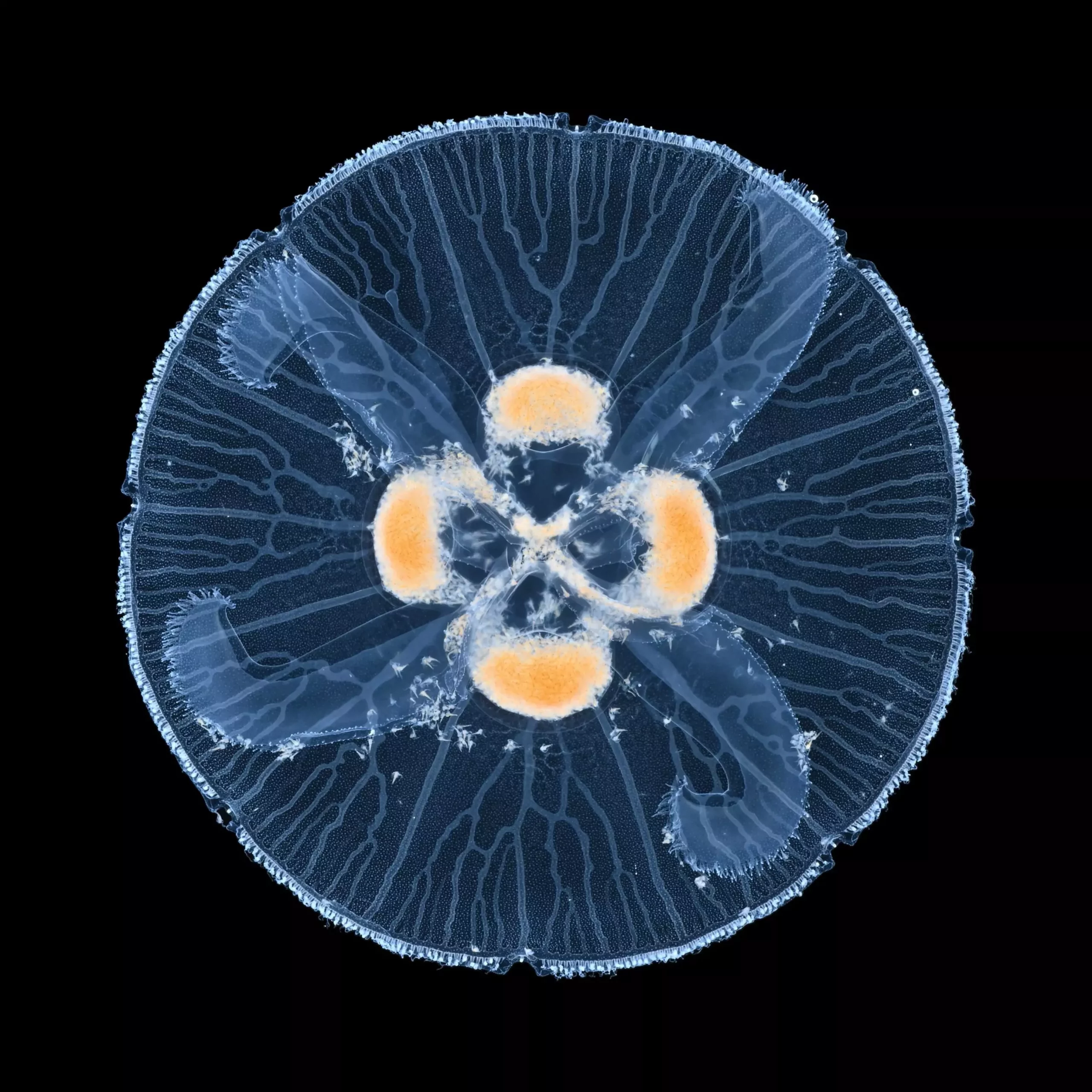In the fascinating realm of natural systems, transport networks play a crucial role in sustaining life and facilitating essential processes. These networks, which include everything from blood vessels in the human body to the electrical discharges associated with thunderstorms, exhibit an intricate design that reflects their adaptive evolution. A recent study led by an international team of researchers has shed light on the mechanisms behind the formation of loops within these networks, revealing significant implications for our understanding of biological and physical systems alike.
The study, published in the esteemed Proceedings of the National Academy of Sciences, details how the dynamics of branch interactions shift remarkably when these branches reach the boundaries of transport systems. Initially repelling each other, branches can suddenly start to attract and connect, leading to the formation of loops. This transformation is not merely an isolated occurrence; rather, it appears in a variety of contexts, from biological transport networks in jellyfish to the fluid mechanics of electricity in storms.
Lead author Stanislaw Żukowski, a Ph.D. student from the University of Warsaw and Université Paris Cité, emphasizes the diverse geometries exhibited by these networks. They can manifest as tree-like structures, characterized by branching that predominantly repels, or as more intricate looping networks that facilitate reconnections. This capacity for looping is vital for the health of an organism, as it provides an alternative route when one branch is damaged, thus enhancing resilience.
One of the defining advantages of networks with looping structures is their inherent stability. While a linear network, devoid of loops, risks complete shutdown if one branch fails, a looping network retains connectivity through alternative paths. This stability feature has been noted in various biological systems, as they transport essential nutrients and gas while also managing waste removal.
While previous research at the Faculty of Physics in Warsaw focused on understanding the stability of existing loops, the new study uncovers the dynamic process leading to their emergence. The researchers propose that transport networks often grow under external diffusive fields, which could include factors like substance concentration or pressure gradients. Notably, the resistance to these diffusive flows is lower within the networks compared to their surroundings, prompting a repulsive interaction among the branches.
Through collaborative efforts, led by Professor Piotr Szymczak and researcher Annemiek Cornelissen, the team has examined the subtleties of branching behavior as the system edges approach a boundary. Their findings suggest that even a slight differential in resistance can influence interactions among branches, catalyzing a transition from repulsion to attraction. This counterintuitive behavior highlights the complex physics underpinning these natural systems.
A significant moment in their research was the observation of canal formation in jellyfish, a classic example used to illustrate this phenomenon. Żukowski recalls that upon reaching the boundaries, these canals exhibited attraction, leading to loops—this insight serves as a signpost for other instances within the interplay of nature and physics.
The implications of these findings reach far beyond mere observations in jellyfish physiology. The research team has identified similar dynamics across various experimental systems, including the Saffman-Taylor experiment, which visualizes fluid interaction and instability. The robust variety of systems exhibiting this loop formation indicates a fundamental principle at play.
Szymczak’s team proposes a model that captures these interactions’ essence, demonstrating that the emergence of loops can occur regardless of the network’s geometry or the resistance disparity. This revelation has opened up a new lens through which to view both physical and biological systems, prompting a reconsideration of how we understand growth and connectivity in nature.
As the team reflects on their findings, their curiosity only deepens regarding the additional systems where loop formation may manifest. The research fosters a vision of interconnected scientific disciplines, uniting principles across physics, biology, and engineering. Through further exploration, scientists may uncover even more complex behaviors that govern the natural world.
The study of transport networks and their looping structures represents an exciting convergence of inquiry that reveals the sophisticated interplay of nature’s design principles. As researchers continue to investigate these dynamics, we may find that the pathways through which life operates are more intricate and interwoven than once believed, ultimately enriching our understanding of the natural world.


Leave a Reply